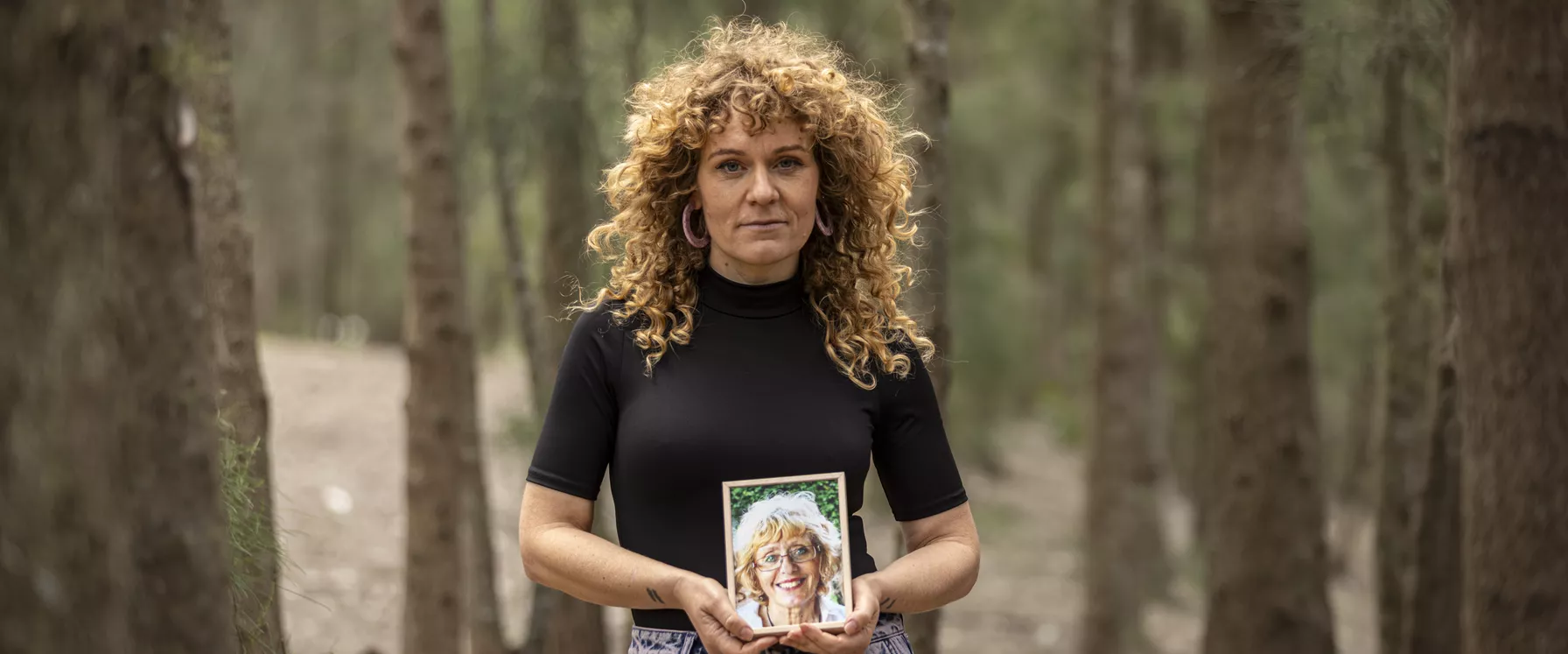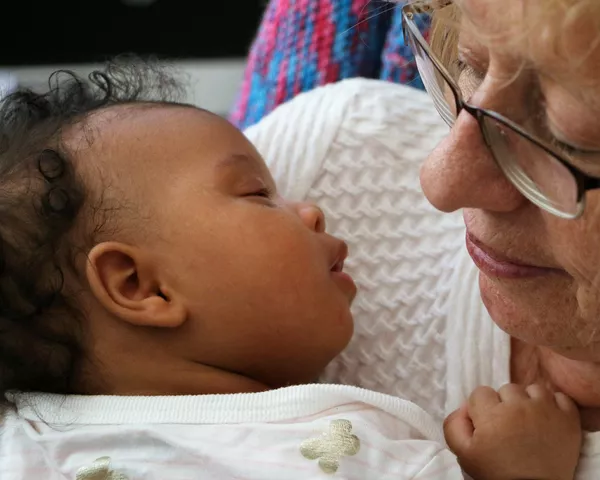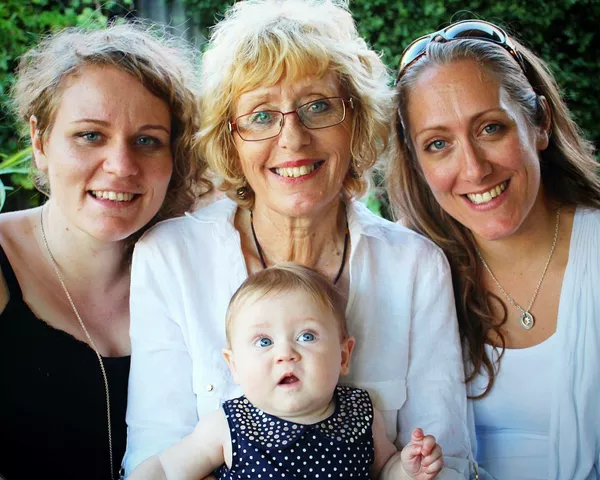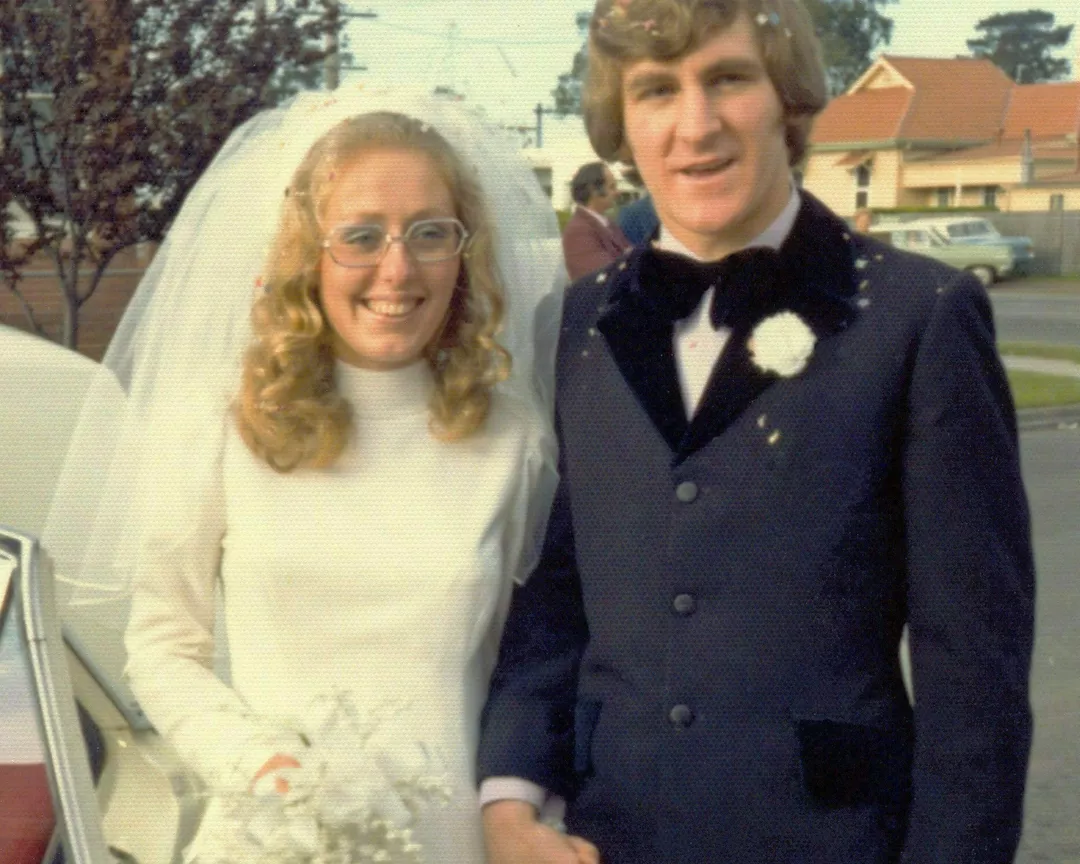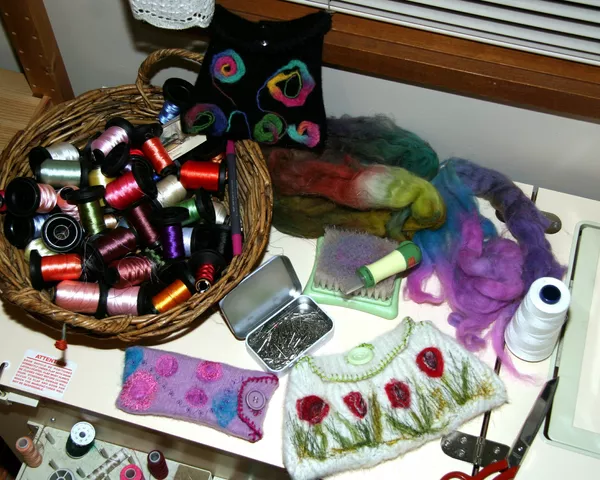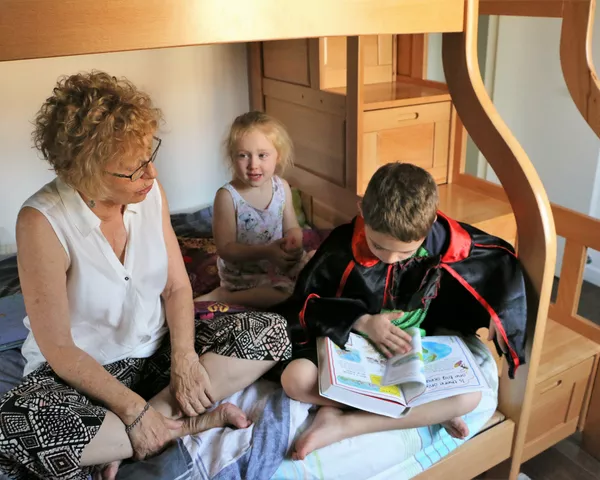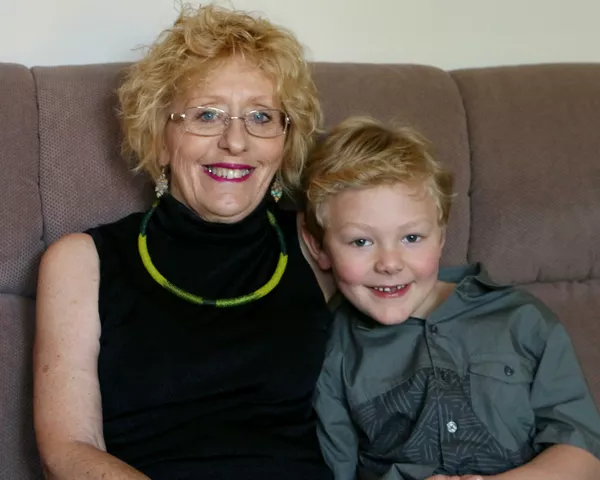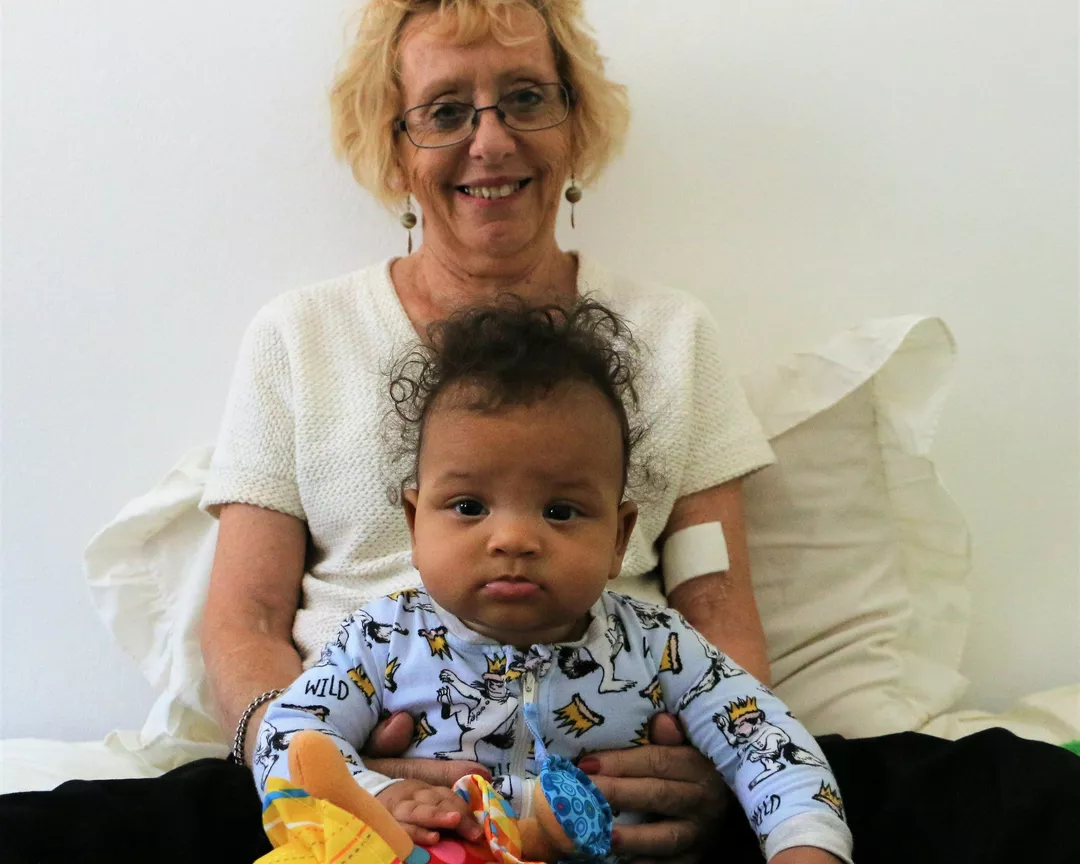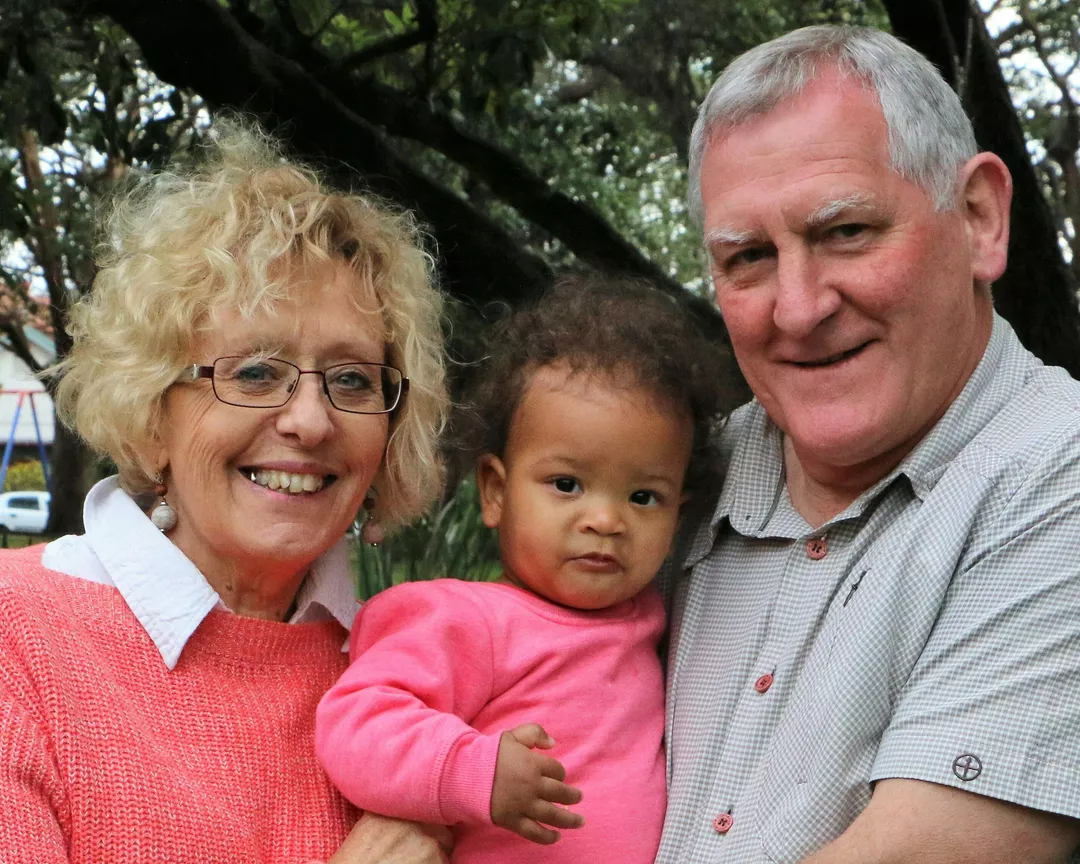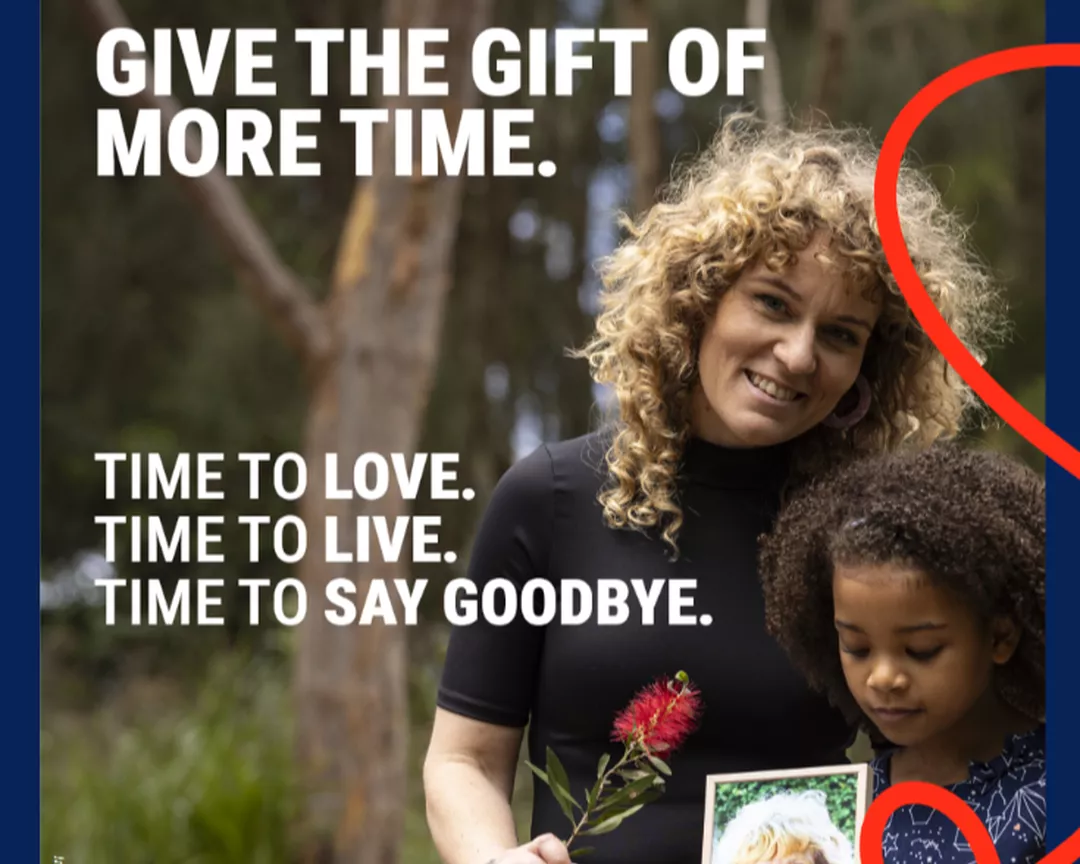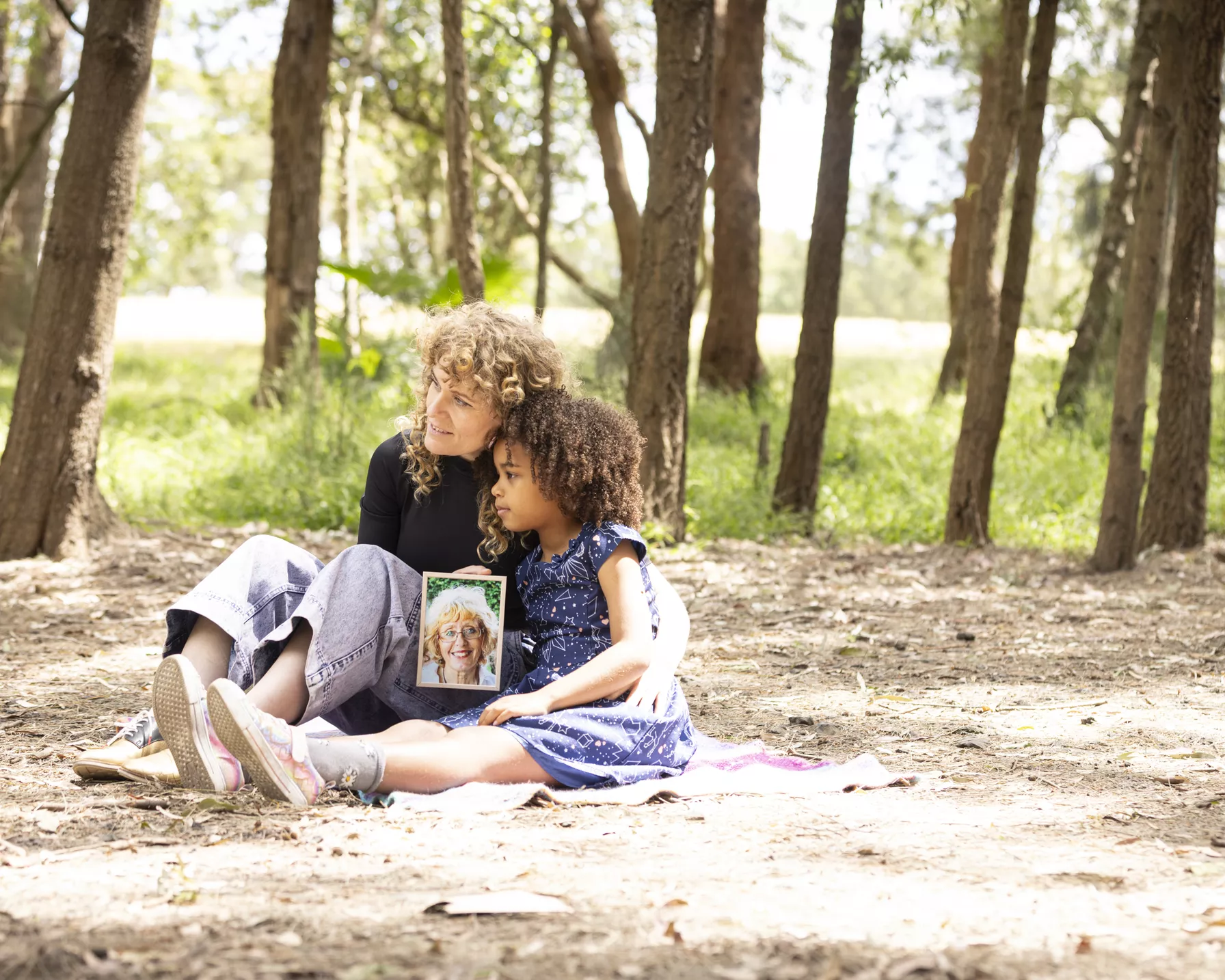When Beth was 26, her mother Maureen was given weeks to live. Severe heart valve disease was destroying her heart, but thanks to cardiovascular research, Maureen didn't just survive - she thrived for 11 more years. This is Beth's story about the mother she almost lost, and why every minute of medical research matters.
I'll never forget the sound of mum's heart after her first surgery.
While Mum was in recovery, I came in to say goodnight to her one evening. The emotion from making it through the operation was still raw, and between tears and laughter she says to me "Beth, listen to this." It was a gentle, and very noticeable tick-tocking - the sound of her new mechanical valves.
"I feel like a machine, I'm the Terminator!" she joked. She had a great sense of humour. We laughed and cried together in that moment, and I could see she was coming to terms with her new body; the enormity of the procedure it had just endured, and these foreign devices inside her chest that were now keeping her alive.
Over time, those mechanical ticking noises became of huge comfort to me, as they only amplified Mum's beautiful heart. Years later, her granddaughter Maya would fall asleep to their gentle ticking too, while laying on her chest.
Without medical research, Maya would never have heard that sound. She would never have known her grandmother's laugh, felt her gentle hands, or fallen asleep in her arms.
Without research, I would have lost my mum when I was 26 years old.
An invisible decline.
Mum seemed healthy for decades. We had no idea a silent heart condition had been building inside her for more than 40 years, the result of rheumatic fever — an inflammatory disease that can occur in children after an infection and cause long-term damage to the heart.
Suddenly, only weeks to live.
The bombshell diagnosis came when she was just 56. Tests revealed that her heart valves were failing. Without surgery, she had only weeks to live. I remember my Dad anxiously counting down the days to the first procedure.
Donate to research today
Maureen with her beloved husband, Chris, and with her four children.
I remember watching the clock in the hospital waiting room with dad during her first open-heart surgery, trying to comprehend the enormity of what was happening. It was a five-hour operation, but every minute felt like an hour, while sitting in the anxiety of the unknown.
Would we lose her? She was only 56, full of life, laughter and plans for the future, and suddenly we were facing the very real possibility that she might not survive.
When the surgeon finally came out and told us she'd successfully made it through the procedure, the relief was too immense to express in mere words. Such moments feel like a miracle, and this surgeon had just delivered us one.
After the operation, seeing her engulfed by a maze of tubes and equipment was truly confronting. I remember feeling both overwhelmed by the visible fragility of the physical situation and yet, in awe of the resilience of my Mum's spirit underpinning it all.
Later, I would be humbled again in the cardiac recovery ward, where I saw patients like my Mum holding pillows to their chests for the feeling of protection and support by applying pressure to the incision site. I was struck by the vulnerability of this childlike posture, of adults protecting their hearts after having had them quite literally and figuratively opened.
Maureen's creativity became part of her healing after her first open-heart surgery.
That first surgery transformed her...
We often speak of the physical aspects of surgery, but what I witnessed with mum’s open-heart operation was also an emotional opening to life with a new found fearlessness, courage and determination. Our family watched mum step wholeheartedly into the creative and tenacious woman that was always within, but in facing her mortality was given permission to shine.
And something remarkable happened.
In her recovery her creative expression was heightened and enhanced. Her lifetime acquired skills in sewing morphed into felting and making textile art — creating vibrant and expressive, free-form artworks and handmade bags, and exhibiting these with local artists.
She modelled to me what it is to face fear head on and use it as an opportunity for transformation and to embrace life in all of its ups and downs.
But mum's fight wasn't over.
Donate to research today
Maureen spending precious time with her grandkids.
By the third surgery, she was 64 and the first decision was to try and plug the gaps where the valves had become disengaged. This was a far less invasive procedure done via the groin. Only three surgeons in Victoria performed this relatively new development. They only had the one hospital and facilities where this procedure could be performed. This resulted in a five month wait. In short, this option was immediately aborted when discovered the gaps were now far too big to plug.
The situation was now dire.
Once again, her chest was opened, her body traumatised. We didn’t know if she’d make it.
Once again, she pulled through.
Each time, she fought back.
We had all sat in that “family waiting room” – for a third time!
This time for eight and a half hours before the heart surgeon appeared.
Such was the enormity of the almost “total repair” he had quietly detailed the previous evening.
Again, the flood of emotions were indescribable as this wonderful man only gave us good news. A number of less favourable outcomes he had proffered had not eventuated.
Dad said, "Never has my parting handshake and words of thanks ever felt so totally inadequate.”
And each time, science, technology and medical skill gave her back to us.
Those final years were perhaps the most precious of all.
She travelled. She created.
She laughed. She embraced life.
She became a grandmother.
Those years were a gift - one made possible by decades of cardiovascular research. Research funded by people like you who believe in the power of science to change lives, to turn tragedy into hope, to give families more time together.
I've recently had the privilege of working on materials for the Heart Research Institute (HRI) - the same kind of research that saved my mum's life. And it's been one of those full circle moments in a deeply personal way for me.
To be part of something that funds the very research that gave me more time with my mum... I can't help but feel she's smiling over my shoulder.
Donate to research today
However, I've since learned that cardiovascular disease still takes one Australian life every 12 minutes.
That means right now, there's another daughter sitting in a hospital waiting room, wondering if her mum is going to make it. There's another family being told their time is running out. There are grandchildren who may never get to know their grandparents - who will never hear their voices, feel those hugs, or create those precious memories.
Mum passed away peacefully in her sleep in 2019. She was 67.
At her funeral, mum’s wishes included inviting friends and family to sign her coffin with messages. It was an intimate celebration of her life, filled with her creativity and spirit. She even made sure that donations went to heart research, so that other families could have what we did. More time.
Even in death, she was thinking of others. Her legacy continues to save lives.
Dad and I still think about the miracle of those 11 extra years. He has often shared “The memories created in that time are immeasurable - they sustain me in my loss.”
The grief has been immense, but stronger than anything now, is the gratitude. We had time — time we never could have had. Time for more laughter, more hugs, more “I love you.”
